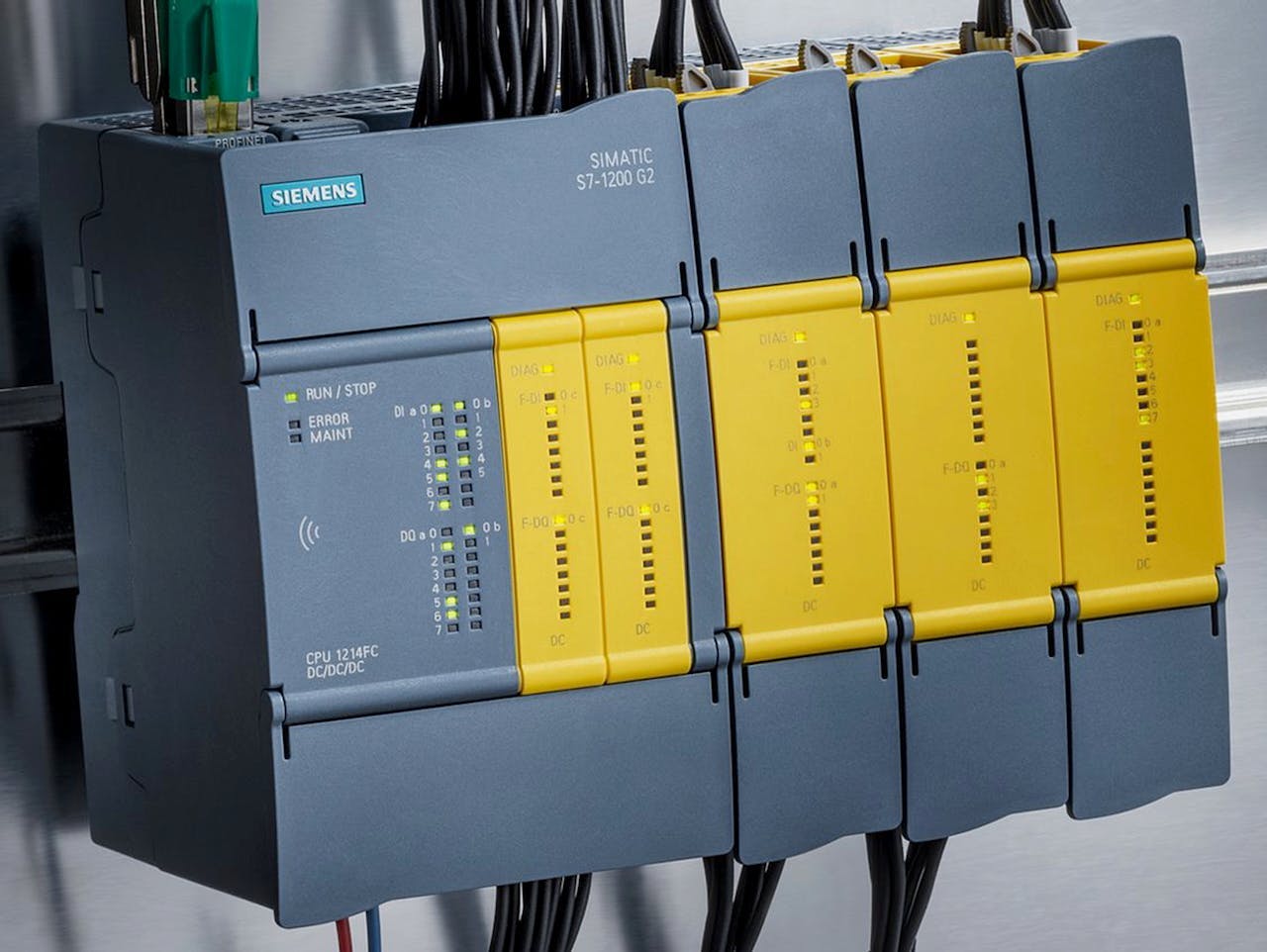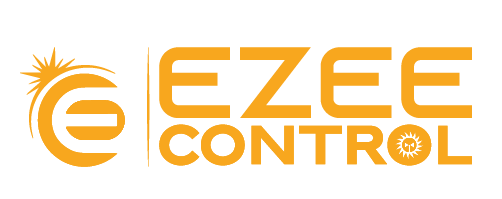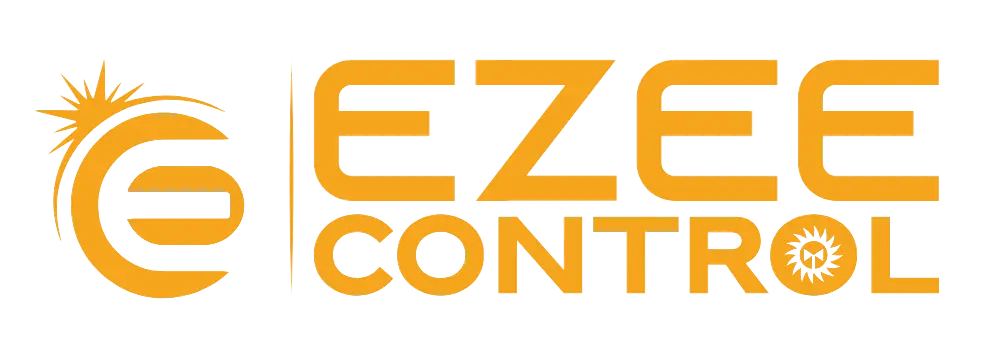What are the key capabilities that distinguish modern industrial controllers from earlier versions?
Traditional PLCs predominantly focused on digital I/O with some analog signal capability. Those were the fundamentals needed to be a replacement for hardwired relays and other control wiring. However, as technology advanced and manufacturers needed to automate [more functions], the PLC had to expand and adopt new capabilities. The top four of these are:
Serial and Ethernet communications opened the door for sharing data between devices. Ethernet is probably the overwhelming favorite today and the top influencer of the modern PLC. That technology has played a significant role in almost every advancement made to the PLC in the past 20+ years.
Integrated motion control drastically reduced the cost and support of multiple hardware platforms to accomplish simple motion applications. Combining communications and motion control enables a PLC to have a motion bus like EtherCAT to enable closed-loop and coordinated motion control.
Processors became more powerful and components became smaller. This allowed processors to abandon the archaic fixed addressing scheme for a more modern tag name database that could be shared between various disciplines within the system. This created greater alignment and coordination between primary components of control systems including PLCs, HMI visualization devices, and SCADA systems.
The Industrial Internet of Things (IIoT) focuses on linking the plant floor to the business network, and is largely based on communications and edge processing. Converging operations technology (OT) on the plant floor with information technology (IT) business systems enables data originating at machines to be seen in real time at the supervisory and enterprise level. There are many standard communication protocols available on modern controllers to facilitate OT/IT convergence including HTML5, MQTT, HTTP(S), SMTP, FTP, Node-Red, and OPC UA.
Modern Controllers: The ability to scale up or scale down, agnostic to the type of I/O, is a defining element of a modern controller.
Modern controllers support customization through their modular hardware design, flexible programming capabilities and open connectivity. Modular architectures allow users to configure the exact CPU, I/O and specialized components for their specific applications.
Modularity also simplifies upgrading to newer technologies by enabling selective replacement of individual outdated modules without needing to overhaul the entire control infrastructure. This ability to quickly reconfigure or upgrade the control system empowers manufacturers to be more responsive to changing business and operational requirements.
Also, open communication standards support integration across a wide range of other devices and systems, fostering tailored data flows and analytics capabilities. This combination of hardware modularity, flexible programming and open integration enables manufacturers to closely align control systems to their requirements.
The combination of hardware modularity, flexible programming and open integration enables manufacturers to closely align control systems to their requirements.
Advanced programming tools also provide the flexibility to adapt the same control logic, HMI interfaces and data handling to accommodate increasing production volume or complexity. This hardware and software scalability empowers manufacturers to cost- effectively adjust their automation infrastructure as necessary.


